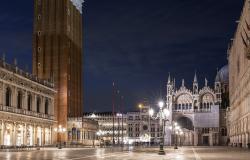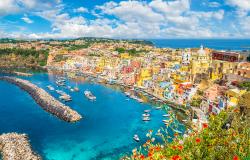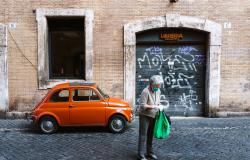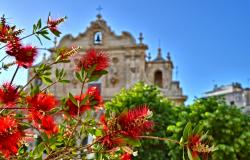"Madonna mia!" Discover Rome's Not-So-Hidden Treasure
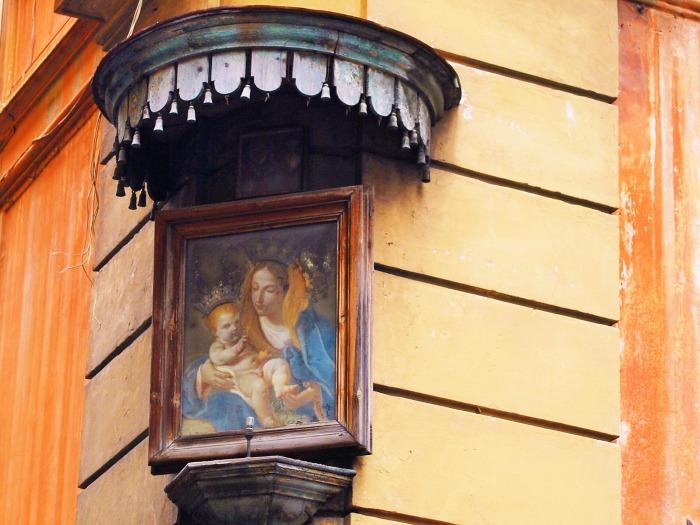

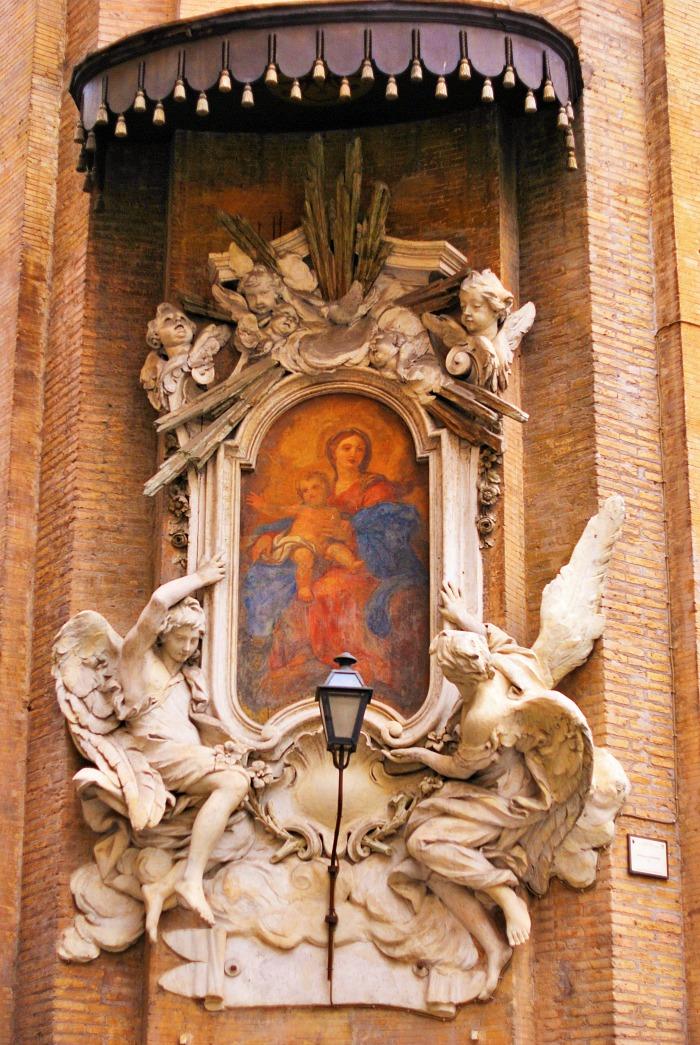
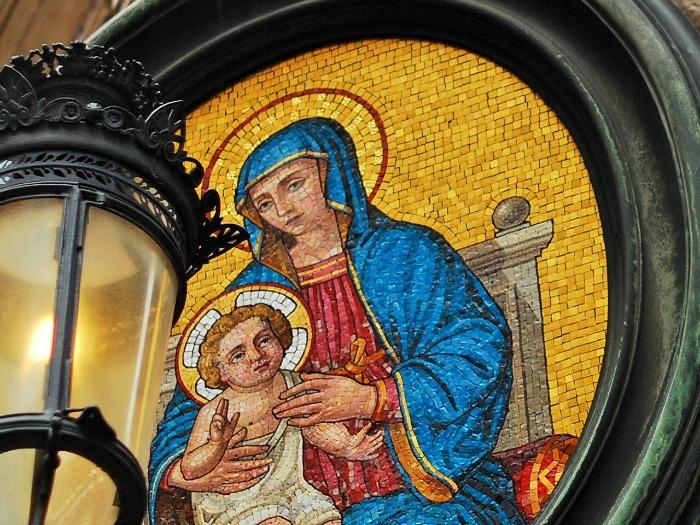
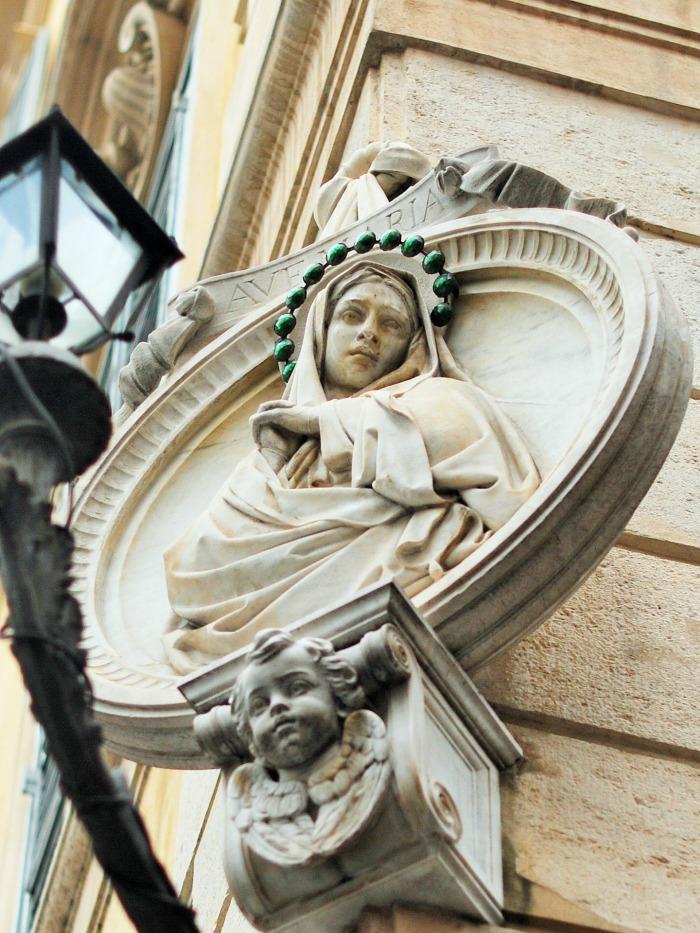
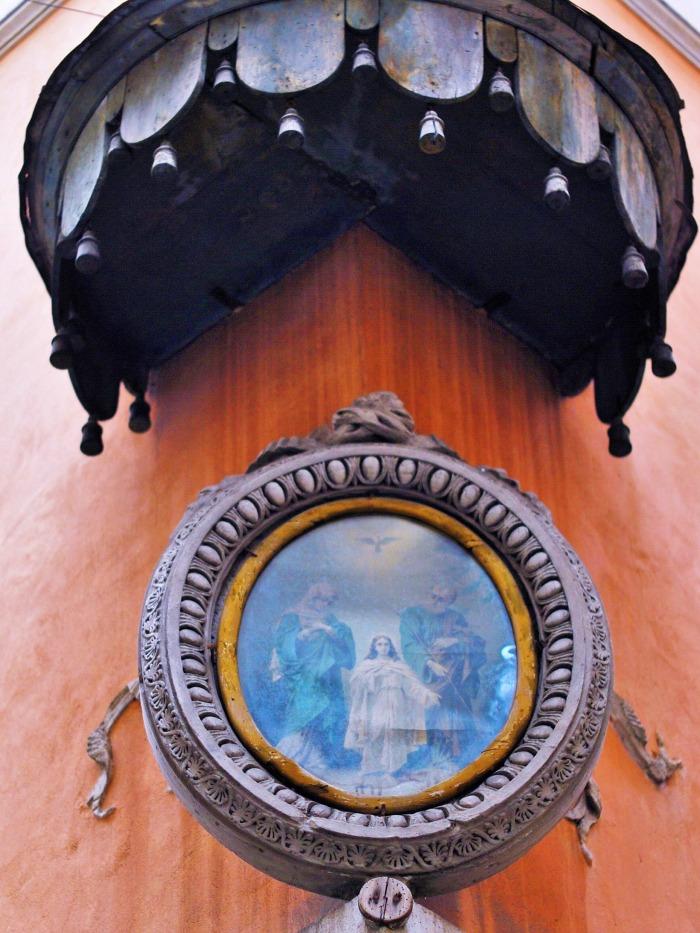

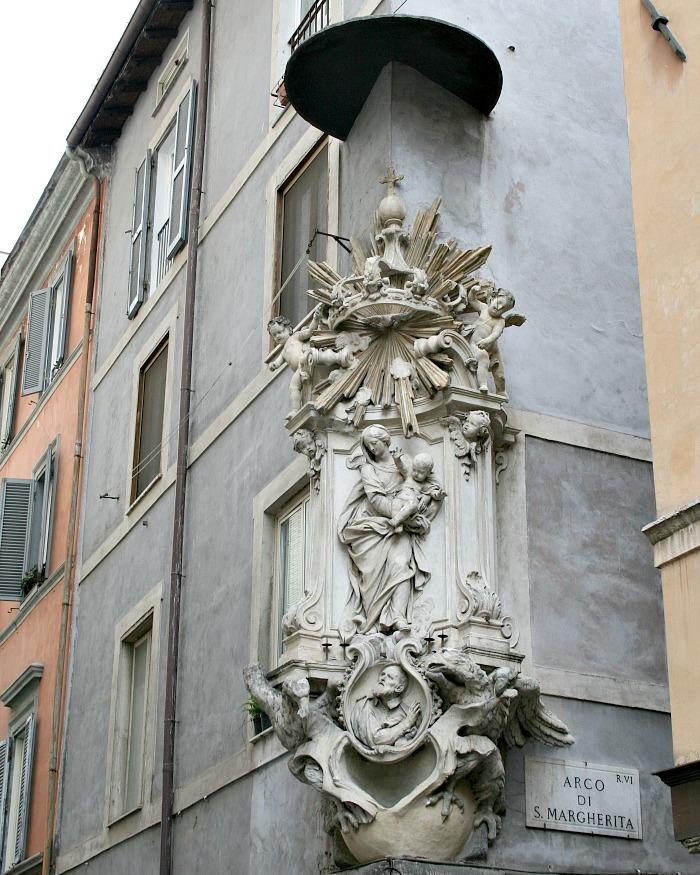

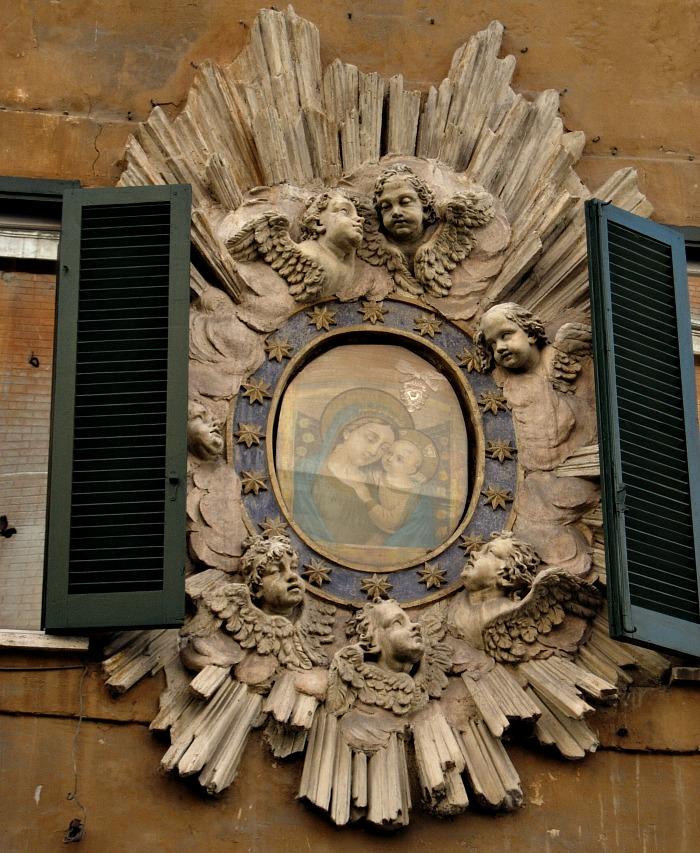
'Madonnelle stradarole', miniature Madonnas, are a form of popular devotion in Rome. Rome is breathtaking, but the added decorative bonus of mini devotions to the Virgin Mary, found on many street corners, are definitely the icing on the cake. A free en-plain-air museum of minor arts that you should not miss when visiting the capital. All you need to do is to lift your eyes and look for them at the corner of most streets in the city centre.
'Madonnelle' have been said to perform miracles, or at least, were a 'a must design', to celebrate miraculous events, which, in Rome, is more 'everyday' than once in a blue moon, meaning that Rome is blessed with a multitude of Madonnelle.
What materials are Madonnelle made of?
A little baldaquin (decorative canopy), mostly made with metal, gave the image some protection against rain. In the 16th century, the development of stucco techniques made the framing of the image affordable and more sophisticated stucco reliefs were painted in line with the Baroque tendency to mix painting with sculpture and architecture.
Both the wealthy and the poor made their mark on the map of Madonnelle. The materials used to make Madonnelle commisioned by the rich were very different from the materials used to make those commissioned by the poor. But more than being a devotional tool, the presence of the Madonnelle serves a moral purpose, because their location meant that Romans, Catholic or not, always felt like the Virgin Mary was watching over them.
Miraculous Madonnella
The most common miracles performed by Madonnelle included weeping, bleeding, movements of the eyes.
One of the earliest ever recorded miracles took place in 1577. The Madonna of the Lantern, at the base of a church on the Tiber Island, managed to remain lit during a flood, and even continued to burn underwater.
Three hundred years of bad weather, the Madonnelle are a little bit worse for wear. But, three hundred years ago, walking home after a long day at work, through Rome's dirty streets, an oil-lamp illuminating a glowing Madonna would have worked like magic!
Some of the miracoulous 'madonnelle' were moved inside. For example, the Madonna dell'Archetto moved her eyes repeatedly on the 9th of July 1796 and was later placed inside the church of Santa Maria Causa Nostrae Laetitiae.
Where are the most beautiful Madonnelle in Rome?
In 1853, a researcher, Alessandro Rufini, listed 2739 sacred images, the majority of which portrayed a Madonna. Madonnelle were not only found in churches and private homes, but also in street shops, modern taverns, and all over the streets.
Below you can have a virtual 'madonnelle' tour in the Eternal City.
